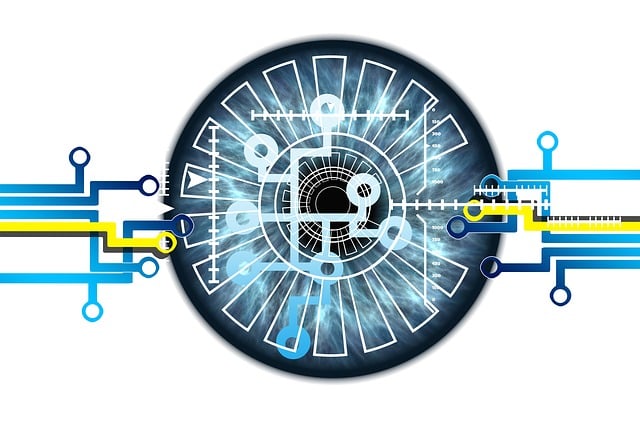In the digital age, ensuring safety in transportation is crucial, especially for commercial drivers. Rigorous verification includes checking educational qualifications to prevent accidents and maintain high standards. Secure access to official records from institutions, cross-checking with accredited bodies, and promoting continuous professional development are key steps in the process. This ensures qualified drivers, enhances road safety, and builds public trust, making commercial driver verification a vital aspect of modern transportation management.
In the dynamic landscape of transportation, ensuring the integrity and competence of commercial driver professionals is paramount. Verifying their educational qualifications isn’t just a regulatory requirement; it’s a critical step in fostering safety and efficiency on our roads. This article delves into the essential aspects of this process, guiding you through understanding the importance of verification, accessing and interpreting educational records, cross-checking with accredited institutions, and promoting continuous professional development for commercial driver professionals.
- Understanding the Importance of Verification
- Accessing and Interpreting Educational Records
- Cross-Checking with Accredited Institutions
- Ensuring Continuous Professional Development
Understanding the Importance of Verification

In today’s world, ensuring safety and compliance in the transportation industry is paramount. This is especially true for commercial driver verification, where rigorous checks on educational qualifications are essential to prevent accidents and maintain high standards. The process of verifying a professional’s education serves as a crucial safeguard, offering numerous benefits that extend far beyond simple accountability.
By implementing thorough verification methods, authorities can identify individuals who possess the necessary expertise and skills to operate commercial vehicles safely. This is vital for maintaining public trust and ensuring that transportation services adhere to regulatory norms. Moreover, it helps in fostering a culture of professionalism among drivers, as only those with the required educational background are permitted to ply their trade, thereby enhancing road safety overall.
Accessing and Interpreting Educational Records

Accessing educational records is a crucial step in the process of verifying the qualifications of transportation professionals, particularly for commercial driver verification. This involves obtaining and examining official transcripts, diplomas, or certificates from educational institutions. Many schools and universities maintain digital archives, making it easier to request these documents online through secure platforms. When accessing records, it’s essential to ensure the authenticity and integrity of the documents to prevent fraud.
Interpretation of these educational records requires a keen eye for detail. Each institution may have its own format and terminology, so verifying credentials involves understanding academic jargon. For commercial driver verification, specific focus should be on courses related to driving safety, vehicle maintenance, and regulations. This meticulous process ensures that transportation professionals possess the necessary knowledge and skills required in their field, enhancing road safety and maintaining industry standards.
Cross-Checking with Accredited Institutions

When verifying the educational qualifications of transportation professionals, a crucial step is cross-checking with accredited institutions. This involves reaching out to recognized educational bodies or governing boards that oversee the certification and accreditation of driving programs. By doing so, you can confirm if the individual’s commercial driver’s license (CDL) or related certifications are genuine and up-to-date.
Accredited institutions maintain detailed records of approved training programs and issued licenses, allowing for efficient cross-verification. This process ensures that transportation companies and fleet managers hire qualified drivers who have received proper education and training, enhancing safety on the roads. It’s a vital step in the commercial driver verification process to mitigate risks associated with unqualified or untrained personnel.
Ensuring Continuous Professional Development

In the dynamic realm of transportation, where safety and efficiency are paramount, continuous professional development (CPD) for commercial driver verification plays a pivotal role. Regular updates on industry regulations, advancements in vehicle technology, and best practices are essential to ensure drivers remain competent and up-to-date. This commitment to CPD not only enhances individual skills but also contributes to the overall improvement of the transportation network.
By integrating structured learning opportunities into their work schedules, transportation professionals can stay informed about new safety protocols, fuel efficiency techniques, and environmental considerations. Such ongoing education empowers drivers with the knowledge needed to adapt to changing industry landscapes, ultimately strengthening the reliability and sustainability of commercial transportation services.














